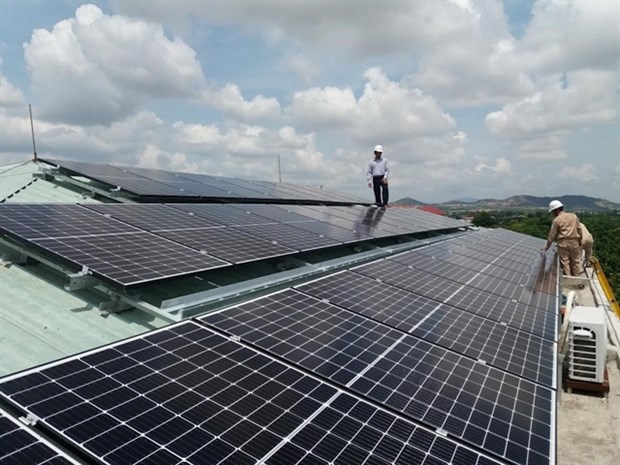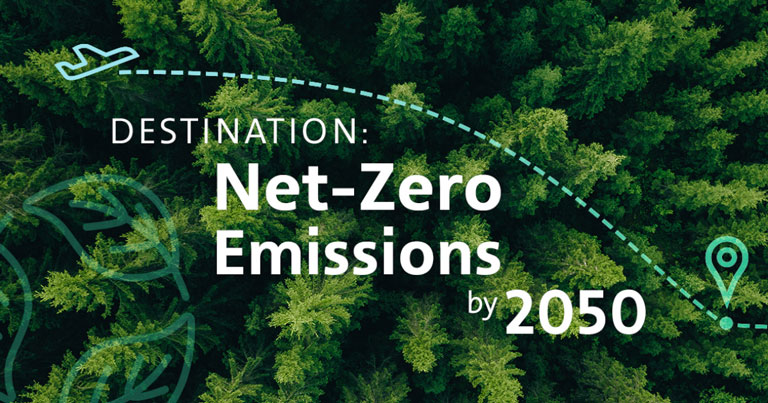As the energy industry has a crucial role in achieving net zero emissions by 2050, it requires a structural transition toward green growth. Therefore, Vietnam needs assistance from developed countries regarding both financial and technical issues.
Hanoi (VNS/VNA) - As the energy industry has a crucial role in achieving net zero emissions by 2050, it requires a structural transition toward green growth. Therefore, Vietnam needs assistance from developed countries regarding both financial and technical issues.
To detail the national green growth strategy, the Prime Minister on July 22 approved the national action plan on green growth for 2021-2030 with four important goals. The goals are to reduce greenhouse gas emissions per GDP, to green economic sectors, to green lifestyles and promote sustainable consumption, and to green the transition on the principles of equality, inclusion, and resilience.

Speaking at the conference on the impact of COP26 on the energy transition towards green growth launched on August 17, Nguyen Thi Bich Ngoc, deputy minister of the Ministry of Planning and Investment, said that resources are the biggest problem in realising the goals of the energy transition and moving towards the net zero emissions target by 2050.

According to the World Bank’s calculation, to achieve net zero emissions, Vietnam needs an additional 368 billion USD during 2022-2040, approximately 6.8% of GDP each year.
Of which, the building resilience process alone will account for about two-thirds of this amount because a significant amount of capital needs to be mobilised to protect assets and infrastructure as well as vulnerable populations.
The cost of the decarbonisation roadmap is mainly derived from the energy sector, including the expense of investing in renewable energy and managing the transition away from coal, which could cost about 64 billion USD during the 2022-2040 period.
CO2 emissions will peak in 2031 - 2035 at 231 million tonnes, then decline gradually. By 2045, CO2 emissions fall to about 175 million tonnes, which means about 208 million tonnes of CO2 reduction compared to pre-COP26 alternatives. By 2050, it is estimated that CO2 emissions from the power generation sector will be about 40 million tonnes per year, helping Vietnam meet its commitment at COP26 of net zero emissions by 2050.
Source: VNA